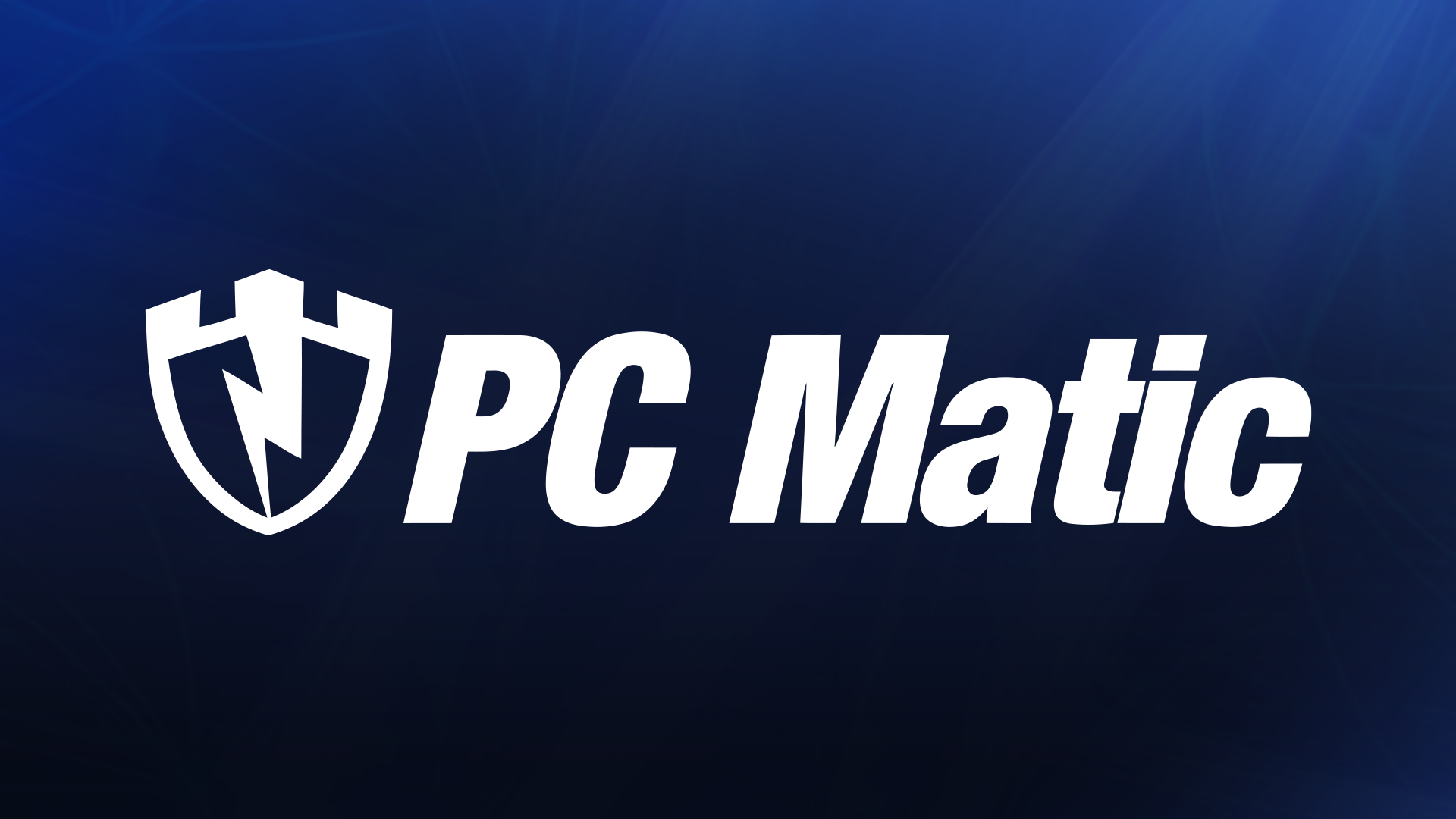
By Harry McCracken
Windows 7 is scarcely more than a month old. Most of the people who will eventually use it haven’t gotten around to trying it yet; those that have are still settling in. And the Win 7 experience will change rapidly as remaining bugs are squashed, missing drivers arrive, and compatibility glitches are ironed out. Even so, it’s not too early to start gauging what real people think of Windows Vista’s replacement.
So to riff on Ronald Reagan’s famous question from his 1980 debate with Jimmy Carter, Are Windows users better off today than they were a few weeks ago, back in the Vista era? We decided to ask the Technologizer community, a group of tech enthusiasts with a high propensity to acquire new operating systems quickly and push them to their limits. Starting on November 16th, we surveyed our readers (and Twitter followers) about their experiences with Windows 7. Our goal: to do a reality check on the mostly favorable initial reviews of the new OS (as well as our own survey of largely enthusiastic Windows 7 beta testers back in March).
The 550+ Windows 7 early adopters who took our survey mostly echo the positive response that the upgrade has received from professional reviewers, pundits, and users of pre-release editions. A sizable majority say they’re extremely satisfied with the OS and rate it as a clear improvement on both the beloved Windows XP and the widely-panned Windows Vista. Crippling installation problems–the bane of every upgrader’s existence, and always a legitimate reason to postpone switching OSes–were rare.
Our full report follows. But first, some quick facts on the folks who took our survey:
- Prior to using Windows 7, forty-six percent of respondents ran Windows Vista, and thirty-two percent ran Windows XP. Seventeen percent ran Vista and XP about equally, five percent ran an OS other than Windows, and a whopping 0.7 percent used a version of Windows other than Vista or XP.
- Seventy-three percent upgraded an existing PC to the final version of Windows 7, and eight percent are running it on a PC that came with the OS pre-installed. Fourteen percent are still using a pre-release version, and six percent are running it on a Mac via Boot Camp or a virtualization program.
- Sixty-four percent of respondents rate themselves as expert Windows users; thirty-five percent say they’re intermediate ones. Less than one percent call themselves beginners.
- Sixty-one percent are using Windows 7 entirely or mostly for home/personal use. Twenty-five percent are using it about equally for home/personal and business use. Just fourteen percent are using it entirely or mostly for business use.
- Sixty-one percent are using a 64-bit edition of Windows 7, and thirty-one percent are running a 32-bit version.
- Eighty-two percent did a “clean” install of the OS from scratch; nineteen percent installed it over Windows Vista.
- Fifty-nine percent say they’ve used Windows 7 extensively, and thirty-six percent say they’ve done so a fair amount. Five percent say they’ve just used it a little so far.
It’s important to note that our goal wasn’t to survey a representative, projectable, normalized sampling of all Windows 7 users. The responses that follow are from members of the Technologizer community who chose to take our survey. Their opinions are their own–but we think they make for interesting reading even if they’re not the last word on how average users will react to Windows 7.
Technologizer Windows 7 Survey Results Continued.
[This post is excerpted with Harry’s permission from his Technologizer blog.]


